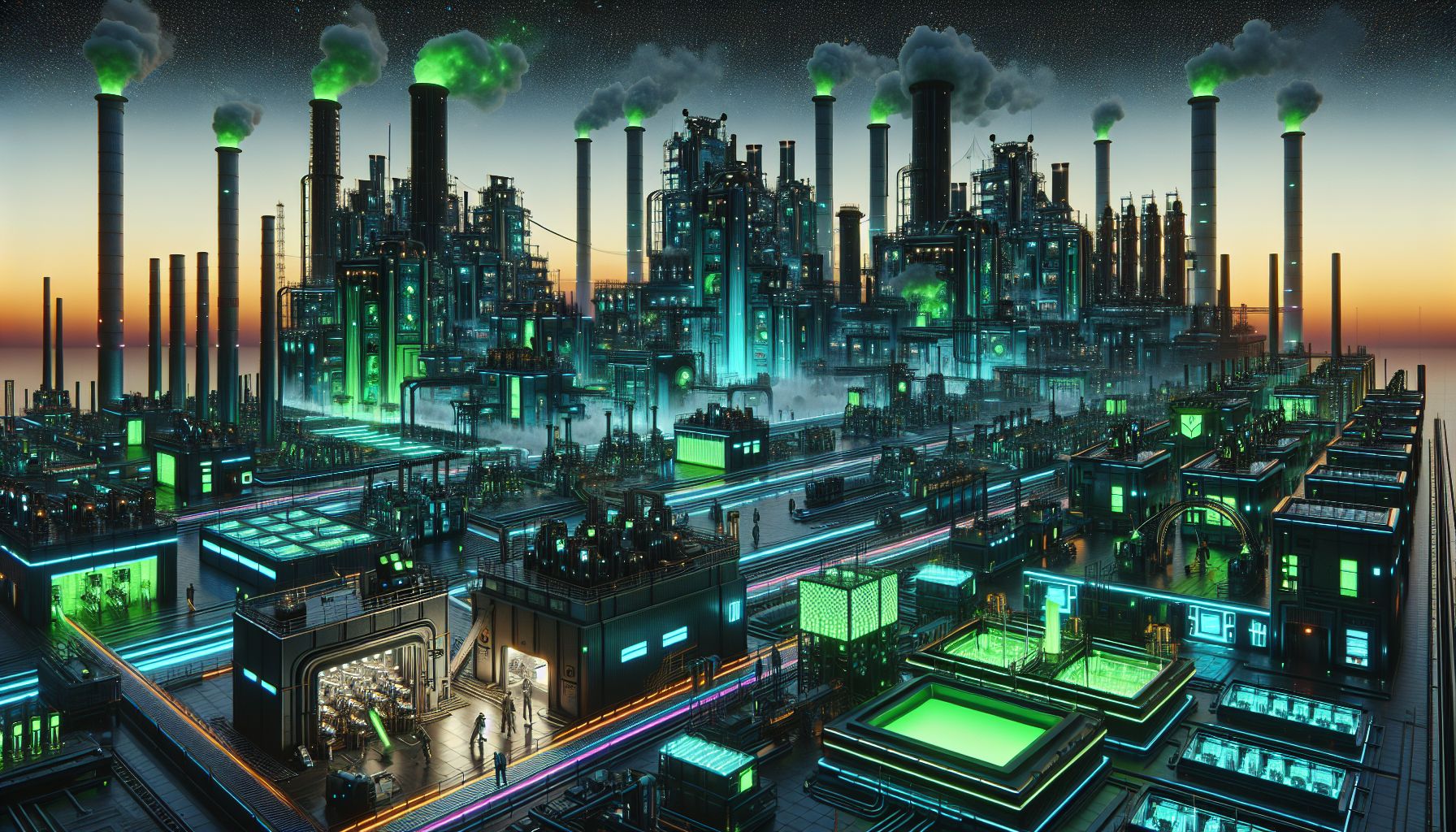Green Hydrogen: The Game Changer for Heavy Industry

London, Monday, 7 July 2025.
Green hydrogen is revolutionising heavy industries by replacing grey hydrogen, notably in ammonia and methanol production, significantly reducing emissions from sectors using over 55 million tonnes of hydrogen annually.
The Rise of Green Hydrogen
Imagine replacing the massive carbon footprint in the ammonia and methanol industries with a cleaner, greener alternative. Green hydrogen is doing just that, marking a turning point for industries that historically relied on grey hydrogen. These sectors annually consume more than 55 million tonnes of hydrogen [1]. The potential for this change is enormous, as it could reduce global CO2 emissions by as much as 830 million tonnes each year if adopted widely [1]. The shift isn’t just an environmental win—it’s a thrilling push towards sustainability in heavy industries.
Transformative Impact in Heavy Industries
What’s truly fascinating is how green hydrogen fits into the complex quilt of heavy industries like steel and cement. By partially substituting hydrogen in cement kilns, emissions could be reduced by an impressive 10–20% [1]. Consider the steel industry, where each ton of steel produced using green hydrogen can cut emissions by roughly 2.1 tonnes of CO2 [1]. These early adoption stories highlight the vast potential for green hydrogen, not just in reducing emissions but also in setting a sustainable standard across global industries.
Investment and Innovation Driving Change
With governments and corporations betting big on the green hydrogen revolution, investments have been soaring. For instance, Plug Power clinched a noteworthy $1.66 billion loan from the USA’s Department of Energy to escalate green hydrogen production [2]. The company aims to manufacture a staggering 500 tons per day of green hydrogen by 2025 while contributing to a net-zero future by replacing diesel and cutting emissions [2]. It’s about demonstrating how strategic funding and innovative technologies can kick-start transformative industry-wide change.
Mapping a Path to Sustainability
Governments are realising the broader possibilities of hydrogen as well. New projects, like the Hunter Valley Hydrogen Hub in Australia, backed by $432 million in funding, are exemplary moves towards an eco-friendly industrial revolution [3]. Their clean energy precinct designs integrate hydrogen and ammonia technologies, signalling strong momentum for hydrogen in replacing traditional fossil fuels [3]. These initiatives underline the importance of solid policies and investments in energy transitions, literally fuelling an exciting pivot to renewable energy.
Challenges and Opportunities Ahead
Transitioning to green hydrogen isn’t without its challenges. It’s a capital-intensive endeavour with technical complexities [1]. For companies seeking to integrate these new systems, the intricacies of finding the right technology partners are pivotal. It’s a world where businesses must navigate engineering depth, expertise in renewable energy, and the nuances of electrolyser technology [1]. These hurdles frame an industry at a crossroads, with the potential rewards making this a compelling and essential journey towards sustainable futures.
Conclusion: A Green Future Beckons
The journey of green hydrogen from an emergent technology to a central pillar of industrial decarbonisation speaks volumes of human ingenuity and environmental resilience. Imagine a future where our heaviest industries operate not just sustainably but also efficiently, with green hydrogen leading the charge. As the landscape evolves, industrial giants and policymakers must continue to embrace these changes. After all, the promise of a cleaner, greener world is not just compelling—it’s imperative.